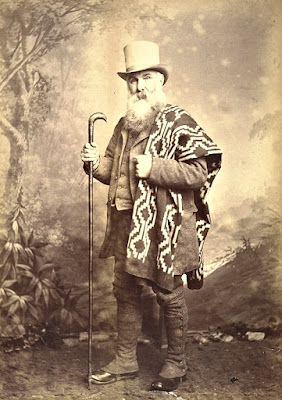Kurgan theory or Kurgan model) or Steppe theory is the most widely accepted proposal to identify the Proto-Indo-European homeland from which the Indo-European languages spread out throughout Europe and parts of Asia.
The people of these cultures were nomadic pastoralists, who, according to the model, by the early 3rd millennium BC had expanded throughout the Pontic–Caspian steppe and into Eastern Europe.The Kurgan hypothesis, first put forward in 1956 by Marija Gimbutas, has become the most popular. It proposes that the original speakers of PIE were the Yamnaya culture associated with the kurgans (burial mounds) on the Pontic–Caspian steppe north of the Black Sea. According to the theory, they were nomadic pastoralists who domesticated the horse, which allowed them to migrate across Europe and Asia in wagons and chariots. By the early 3rd millennium BC, they had expanded throughout the Pontic–Caspian steppe and into eastern Europe.
Three genetic studies in 2015 gave partial support to Gimbutas's Kurgan theory regarding the Indo-European Urheimat. According to those studies, haplogroups R1b and R1a, now the most common in Europe (R1a is also common in South Asia) would have expanded from the steppes north of the Pontic and Caspian seas, along with the Indo-European languages; they also detected an autosomal component present in modern Europeans which was not present in Neolithic Europeans, which would have been introduced with paternal lineages R1b and R1a, as well as Indo-European languages.
Gimbutas believed that the expansions of the Kurgan culture were a series of essentially hostile military incursions where a new warrior culture imposed itself on the peaceful, matrilinear (hereditary through the female line), matrifocal, though egalitarian cultures of "Old Europe", replacing it with a patriarchal warrior society,[26] a process visible in the appearance of fortified settlements and hillforts and the graves of warrior-chieftains:
The process of Indo-Europeanization was a cultural, not a physical, transformation. It must be understood as a military victory in terms of successfully imposing a new administrative system, language, and religion upon the indigenous groups.
In her later life, Gimbutas increasingly emphasized the authoritarian nature of this transition from the egalitarian process of the nature/earth mother goddess (Gaia) to a patriarchal society and the worship of the father/sun/weather god (Zeus, Dyaus).



Comments
Post a Comment